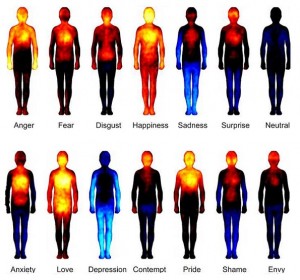Verses 795 – 818, Chapter 39, in sarva vedAnta siddhAnta sAra sangrahah (The Essence of Entire Vedanta Theory in Brief) of Shankaracharya deal with adhikArah of the spiritual aspirant. Though the word “adhikArah” has several meanings like authority, right, privilege, position, prerogative &c &c, it is taken in this context to denote fitness or eligibility of the seeker. IMHO, “acuity” of the intellect is more important. Selected verses quoted here:
अध्यारोपापवादक्रममनुसरता देशिकेनात्र वेत्रा वाक्यार्धे बोध्यमाने सति सपदि सतः शुद्धबुद्धेरमुष्य ।
नित्यानन्दाद्वितीयं निरुपममलं यत्परं तत्वमेकम् तद् ब्रह्मैवाहमस्मीत्युदयति परमाखण्डताकारवृत्तिः ॥ — 797
(Meaning: No sooner the meaning of the mahAvAkya (‘That thou art’) is made known to the aspirant by the teacher, who follows the method of superimposition and of negation, than there arises in the man of pure intellect that supreme mental modification which knows no change, and he realizes: “I am that Brahman who is of the nature of eternal Happiness, Non-dual, incomprehensible, untainted, the One Supreme Reality.”)
अखण्डाकारवृत्तिः सा चिदाभाससमन्विता ।
आत्माभिन्नं परं ब्रह्म विषयीकृत्य केवलम् ॥ — 798
(Meaning: The indivisible pure Consciousness makes Itself manifest in all that It reflects upon. It permeates everything. Because brahman is not other than Atman, it follows that it is only by means of brahman that the veil of avidya is lifted.)
श्रुत्योदितस्ततो ब्रह्म ज्ञेयं बुद्धयैव सूक्ष्मया ।
प्रज्ञामान्द्यं भवेद्येषां तेषां न श्रुतिमात्रत: ॥ — 808
(Meaning: brahman should, therefore, be known by the acute intellect. But those persons, whose understanding is limited, cannot directly attain that mental attitude merely by listening to what the shruti says. Such persons should recollect in mind what the shruti says and meditate upon it.)
स्यादखण्डाकारवृत्तिर्विना तु मननादिना
श्रवणान्मननाद्ध्यानातात्पर्येण निरन्तरम् ॥ — 809
(Meaning: It is only by constantly listening to and reflecting on as well as by meditating upon what the shruti says, that the intellect becomes endowed with the power of ascertaining that which is subtle. It is only then that the Reality is known.)
बुद्धे: सूक्ष्मत्वमायाति ततो वस्तूपलभ्यते ।
मन्दप्रज्ञावतां तस्मात्करणीयं पुनः पुनः ॥ — 810
(Meaning: That supreme reality is attained only by means of the sharp intellect. Those who are lacking in intellectual sharpness should therefore repeatedly do (hear and meditate over what the shruti says in order to attain the True Knowledge.))


